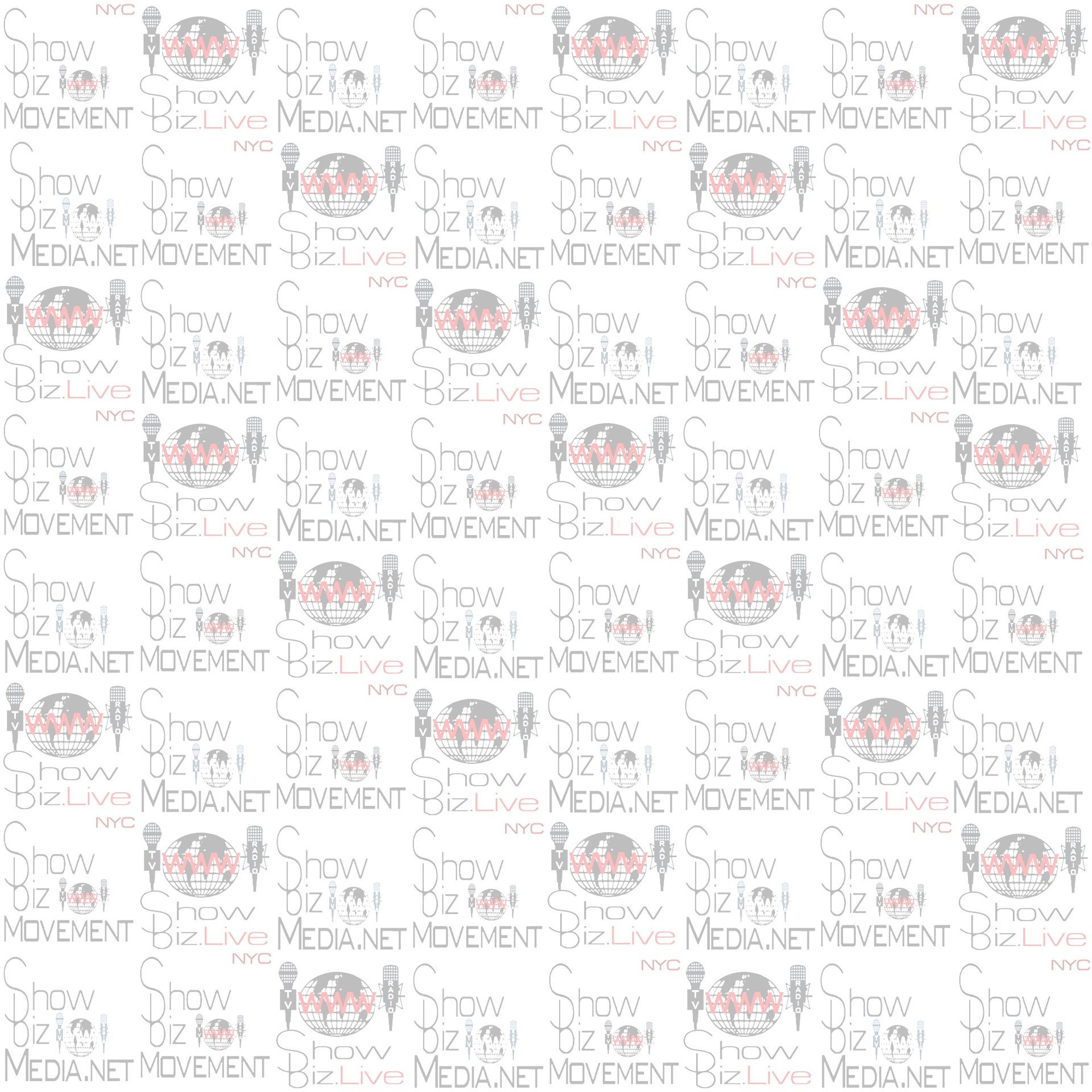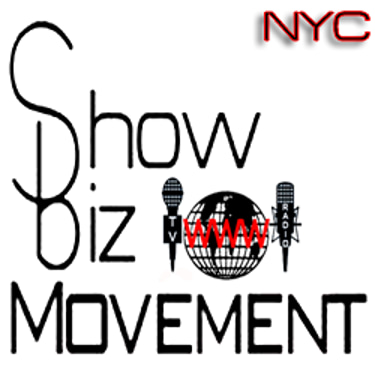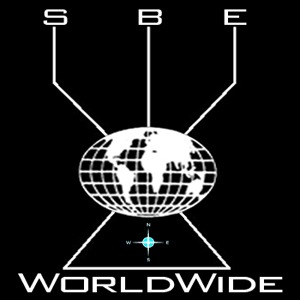
FashionBiz 101: 7 Steps To Starting Your Fashion Business



1. Define Your Niche and Market
Identify your target audience, style, and unique selling proposition. Research market trends and gaps you can fill.
Here's more detailed guidance on defining your niche and market:
· Identify Your Passion and Strengths: Determine what type of fashion excites you—apparel, accessories, activewear, luxury, streetwear, etc. Focus on what you're passionate about and skilled in.
· Research Market Trends: Analyze current fashion trends, popular styles, and consumer preferences. Use sources like fashion magazines, social media, and trend reports.
· Analyze Competitors: Study existing brands in your niche. What are their strengths and weaknesses? Find opportunities to differentiate your brand.
· Define Your Target Audience: Specify demographics like age, gender, location, income level, and lifestyle. Understand their needs, preferences, and buying behaviors.
· Find Your Unique Selling Proposition (USP): Decide what makes your brand special—sustainable materials, innovative designs, affordability, or a specific aesthetic.
· Test Your Idea: Gather feedback through surveys, focus groups, or small collections to validate your concept with potential customers.
· Set Clear Goals: Establish what you want to achieve—brand awareness, sales targets, or entering a specific market segment—and tailor your approach accordingly.
2. Create a Business Plan
Outline your business goals, budget, marketing strategy, supply chain, and financial projections.
Here's a detailed overview of creating a business plan for your fashion business:
· Executive Summary: Briefly describe your brand, mission statement, and the purpose of your business plan. Include your unique value proposition.
· Business Description: Explain what your fashion business offers, your target market, industry background, and your business model (e.g., online store, boutique, wholesale).
· Market Analysis: Present insights into your industry, target market demographics, competitor analysis, and market trends. Highlight opportunities and challenges.
· Organization and Management: Outline your business structure (sole proprietorship, LLC, partnership) and introduce your team or key roles.
· Products or Services: Detail your fashion products, design process, materials used, and any proprietary features. Include plans for future collections.
· Marketing and Sales Strategy: Describe how you will promote your brand, pricing strategy, sales channels (e-commerce, retail, pop-ups), and customer engagement tactics.
· Funding Request and Financial Projections: If seeking investment, specify how much funding you need. Include projected income statements, cash flow forecasts, and break-even analysis.
· Operations Plan: Detail your supply chain, production processes, location, equipment required, and day-to-day operations.
· Appendices: Add any additional information such as sketches, photos, legal documents, or key market research data.
Having a thorough business plan will guide your decisions, attract investors, and help you stay organized.
3. Design and Develop Your Collection
Sketch your designs, choose fabrics, create prototypes or samples, and refine your products.
Here are detailed steps to design and develop your fashion collection:
· Create Inspiration and Mood Boards: Gather visual inspiration from magazines, runway shows, Pinterest, and social media. Define the theme, colors, and style aesthetic of your collection.
· Sketch Your Designs: Draw initial sketches of your pieces, focusing on silhouettes, details, and overall look. Use rough sketches to explore ideas before refining.
· Choose Fabrics and Materials: Select fabrics that match your design vision. Consider durability, texture, weight, and how they work together with your sketches.
· Develop Technical Flats: Create detailed, to-scale technical drawings with measurements, stitching details, and construction notes. These are essential for manufacturing.
· Create Prototypes or Samples: Work with a pattern maker or sew your own samples to bring your sketches to life. Test fit and make adjustments as needed.
· Refine Your Designs: Gather feedback on the samples, make necessary modifications, and finalize your designs for production.
· Plan Your Production: Decide on the quantities, production timeline, and budget. Source your manufacturers or sew in-house if applicable.
4. Source Materials and Manufacturers
Find reliable suppliers, manufacturers, or sewing contractors to produce your designs at scale.
Here's a detailed guide to sourcing materials and manufacturers for your fashion business:
· Research Suppliers: Look for fabric stores, textile mills, and wholesale fabric distributors both locally and online. Attend trade shows and fabric expos to connect with suppliers.
· Evaluate Quality and Cost: Request samples to assess fabric quality. Compare prices, minimum order quantities (MOQs), lead times, and payment terms.
· Find Reliable Manufacturers: For production, explore local sewing contractors, production houses, or factories that specialize in your product type. Use platforms like Alibaba, Maker’s Row, or industry networks.
· Check References and Past Work: Review portfolios, ask for references, and examine samples of their previous work to ensure quality standards.
· Negotiate Terms and Contracts: Clarify pricing, production timelines, quality control, and intellectual property rights. Draft clear contracts to avoid misunderstandings.
· Order Small Test Runs: Before large-scale production, place small orders to evaluate the manufacturer's skills, communication, and reliability.
· Build Relationships: Maintain good communication and nurture supplier relationships to ensure smooth production and potential discounts or priority.
5. Build Your Brand and Online Presence
Develop a brand identity, logo, website, and social media platforms to showcase your collection.
Here are detailed steps to build your brand and online presence for your fashion business:
· Develop Your Brand Identity: Create a memorable logo, color scheme, and brand style guide that reflects your collection's aesthetic and values.
· Build a Professional Website: Use e-commerce platforms like Shopify, WooCommerce, or Squarespace to showcase your collections, share your story, and enable online sales.
· Establish Social Media Profiles: Create accounts on Instagram, Facebook, TikTok, and Pinterest to reach your target audience, share behind-the-scenes content, and promote new releases.
· Content Strategy: Regularly post high-quality photos, videos, and stories. Engage followers through styling tips, fashion insights, and user-generated content.
· Collaborate with Influencers: Partner with fashion influencers and bloggers to increase brand visibility and credibility.
· Utilize SEO and Digital Marketing: Optimize your website for search engines, run targeted social media ads, and consider email marketing to keep customers engaged.
· Participate in Fashion Events: Attend pop-up shops, trunk shows, and local markets to increase brand awareness and connect with potential customers.
6. Set Up Sales Channels
Decide whether to sell online, in boutiques, or at fashion events. Consider e-commerce platforms and wholesale opportunities.
Here's a detailed overview of setting up sales channels for your fashion business:
· Build an E-Commerce Website: Launch your own online store using platforms like Shopify, WooCommerce, or Squarespace. Ensure it’s user-friendly, mobile-optimized, and visually aligned with your brand.
· Sell on Marketplaces: List your products on popular fashion platforms like Etsy, ASOS Marketplace, or Amazon Fashion to reach a broader audience.
· Open Physical Retail: Consider selling through local boutiques, pop-up shops, or your own brick-and-mortar store if feasible.
· Leverage Social Commerce: Use Instagram Shopping, Facebook Shop, and Pinterest Buyable Pins to sell directly through social media platforms.
· Attend Fashion Events: Participate in trade shows, fashion markets, and trunk shows to showcase your collection to buyers and consumers.
· Wholesale and Consignment: Partner with boutiques and department stores to carry your line on a wholesale basis or via consignment agreements.
· Implement a Flexible Return and Shipping Policy: Make shopping convenient to enhance customer satisfaction and loyalty.
7. Launch and Promote
Host a launch event, run marketing campaigns, collaborate with influencers, and gather customer feedback to grow your brand.
Here are steps for launching and promoting your fashion collection effectively:
· Plan a Launch Event: Host a runway show, pop-up shop, or online live event to create buzz and showcase your collection to press, buyers, and customers.
· Leverage Social Media Campaigns: Use teasers, countdowns, behind-the-scenes content, and collaborations with influencers to build anticipation.
· Press and Media Outreach: Send press releases and lookbook images to fashion editors, bloggers, and magazines to gain media coverage.
· Email Marketing: Build an email list and send launch announcements, special promotions, and exclusive previews to your subscribers.
· Collaborate with Influencers: Partner with fashion influencers to showcase your collection, reach new audiences, and generate social proof.
· Offer Promotions and Incentives: Provide limited-time discounts, giveaways, or free shipping to encourage early sales and generate excitement.
· Gather Customer Feedback: Encourage reviews and testimonials to build credibility and refine your future collections.


